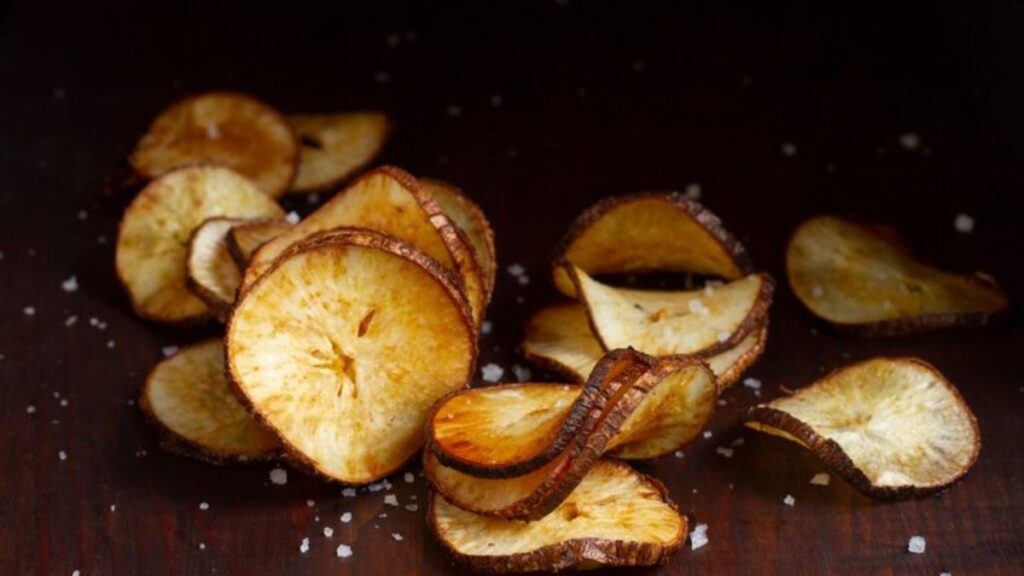Cassava Product NYT, an ancestral root vegetable from South America, has gained prominence on the global agricultural scene due to its flexibility and resilience. While often neglected for crops like rice or wheat, cassava now stands as an indispensable pillar in food security and sustainability. This article investigates cassava-based products on global agriculture; their advantages, disadvantages and future possibilities.
The Rise of Cassava
Cassava Product NYT (also referred to as manioc or yuca) has long been grown as an important crop in tropical areas like Nigeria, Brazil and Thailand due to its resilience. Cassava’s rapid rise can be explained by its large yield potential, drought tolerance capabilities and nutritional advantages – three key aspects for its global expansion as an agricultural staple.
Nutritional Benefits and Uses
Nutritional Benefits and Applications Cassava is an abundant source of carbohydrates, providing energy in many countries where it is an integral component of their diets. Furthermore, cassava contains important minerals and vitamins like potassium and vitamin C – additional benefits can also include animal feed production for livestock farming as well as use as biofuel production material – its derivatives being utilized for various industrial processes.
Economic Impact on Developing Countries
Cassava crops play an integral part of local economies in many developing nations around the globe, providing livelihoods to thousands of smallholder farmers while contributing to food security. Cassava’s low costs of production coupled with its excellent yield make it particularly suitable for regions facing challenging agricultural conditions; furthermore, new industries based around cassava have given employment opportunities while strengthening local economics.
Challenges and Sustainability
Cassava cultivation poses several difficulties that must be considered, from disease and pest risk to carefully processing to remove naturally-occurring cyanogenic glycosides toxins that could severely diminish yields. Addressing such concerns to ensure sustainable cassava plant cultivation as an agricultural product.
Innovations and Future Prospects
Modern breeding of cassava plant, along with technological developments, aim to enhance both its capacity and resilience. Advancements in genetic research help produce resistant varieties against diseases. While advances in processing techniques improve efficacy and safety of products derived from cassava plants. With bright prospects ahead for cassava cultivation across the world. And ongoing research focused on expanding applications and sustainability measures being explored; cassava’s future looks bright as an agricultural crop!
Conclusion
Cassava Product NYT influence on agriculture worldwide is widespread and diverse. From being used as primary food item and economic asset to being an abundant raw material source. Its significance in food security and sustainability issues cannot be overstated. With technological advancement dictating its future direction and role within global agricultural industries set to expand over the coming decades.



